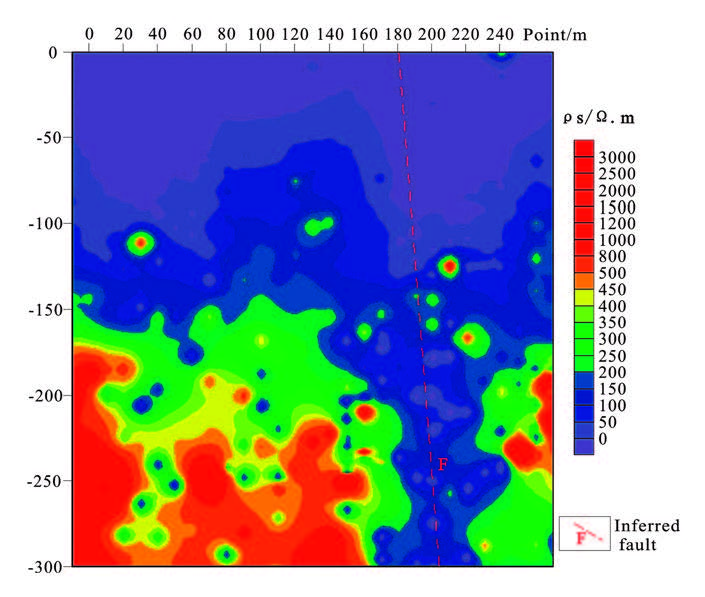Investigation of karst collapses using integrated geophysical methods: an example from Conghua district, Guangzhou city, China
DOI:
https://doi.org/10.3986/ac.v49i2-3.7786Keywords:
karst collapse, Chonghua of Guangzhou, 3D joint geophysical surveyAbstract
Integrated geophysical methods were used to investigate the geological conditions of karst collapses in Aotou, Conghua District, Guangzhou City. Based on audio frequency magnetotelluric (AMT) soundings, high-density electric signals and microtremors, a series of features, including the soil structure and thickness, faults, and hidden karst, were detected from shallow to deep subsurface regions in three-dimensional (3-D) space. These were then compared with geologic and drilling data. The measurements of micro-vibrations and high-density electric signals revealed that the strata in the collapsed area consists of clay and medium-grain sand, which is approximately 8–15 m thick and arranged as a multiple-element structure. The AMT soundings uncovered a hidden structure in the subsurface, which lies at the core of a syncline and adjacent to a contact zone between soluble limestone and non-soluble granite. Combined with the geologic data, the survey using the high-density electric method also showed that the study area hosts the Shidengzi Formation from the Datang Stage of the lower Carboniferous, which contain carbonaceous micrite and dolomitic limestone, locally intercalated with thin quartz siltstone, with well-developed karst. Collectively, the soil structure, hidden structure in the subsurface, and karst development provide the primary conditions for collapses. The main triggering factors for the karst collapses are seasonal variations in groundwater levels and excessive groundwater withdrawals. These results can provide guidance for the selection and application of geophysical methods for the examination of this issue in other areas with similar geology.
Downloads

Downloads
Published
How to Cite
Issue
Section
License

This work is licensed under a Creative Commons Attribution-NonCommercial-NoDerivatives 4.0 International License.
Authors guarantee that the work is their own original creation and does not infringe any statutory or common-law copyright or any proprietary right of any third party. In case of claims by third parties, authors commit their self to defend the interests of the publisher, and shall cover any potential costs.
More in: Submission chapter




